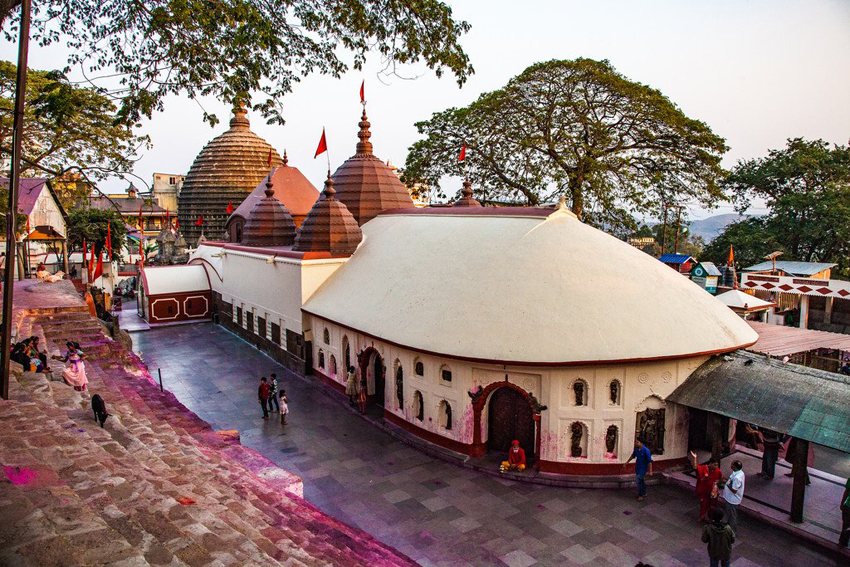HISTORY OF ASSAM
The name “Assam” is derived from the term “Asom” which, in Sanskrit, refers to unequal or unrivalled
The history of Assam is divided into four periods, viz. the legendary period, the early period, the Ahom period, and the modern period.
During the legendary period though Assam was ruled first by the non-Aryan peoples called Danavas and Asuras (Demon family), the Aryans also penetrated into Assam from the north-west frontier. This was during the fourth century A.D and the earliest epigraphic reference to Assam (earlier known as Kamarupa) is found in the Allahabad inscription of Samudragupta, the second Emperor of Gupta Dynasty (AD 330-80). The early period may be said to have continued till the thirteenth century when Assam had been invaded by the Ahoms (they are off-shoots of Thai or Shah Race who came from Upper Burma presently Yangoon). Muslims, attacking from the West, invaded Assam for a record 17 times during the Ahom rule but were never able to establish a permanent Kingdom. Truly speaking, there was never any Muslim rule in the history of Assam.
Assam was known as ‘Kamarupa or ‘Pragjyotish’ in the period of the Epics. The boundary of Ancient Kamarupa included the Brahmaputra valley, Bhutan, the Rangpur area (now in Bangladesh), and Koch Bihar, in West Bengal. The legend of King Narakasura (regarded as the son of Mother Earth, although otherwise the history of his birth is a mystery) is said to come from the Demon family, and together with his son Bhagadatta, are very famous rulers of Kamarupa, depicted in the Mahabharata period, as early as 1000 BC. Other records indicate that human inhabitation of this area dates backs to about 2000 BC.
The population of Assam consists mainly of the migrants from Burma and China. They penetrated into Assam after the Mongol migration. One segment of the migrants came from Punjab through Bihar and North Bengal. Thus the civilization of Assam represents a fusion of Mongol-Aryan culture.
The early history of Assam is dated back to 400 AD to 13th century during the Varman dynasty. The famous Chinese traveler Huien Tsang visited Assam during the 7th century and met the then King Kumar Bhaskar Varman. In his inscriptions he wrote in praise of the social and political system of Kamrupa, that is Assam.
The Ahoms ventured into Assam in about 1228 AD. The first King of the Ahoms was SUKAPHA who came with eight nobles, four elephants, four hundred horses and nine thousand men, women and children. He made his first Capital in Charaideo (the ‘ glittering town in the top of the hill’). By 15th century the Ahoms had established the Greater Assam ( BAR ASOM), ruling through constructive diplomatic measures such as matrimonial alliances with the surrounded petty chiefs, and by accepting and exchanging each others socio-cultural heritages.
The Ahom Kingdom declined due to internal conflict during the early 18th century. The Burmese took the full advantage of the political chaos surrounding the Assamese throne and overpowered the Ahoms, thus in turn provoking a British intervention. The Treaty of Yandaboo was signed in 1826 between the British and the Burmese, thus putting an end to the ambitions of the later. In this way, British rule started in Assam and politically Assam became an integral part of British-ruled mainland India.
The people of Assam participated in the Indian Freedom Movement under the leadership of Mahatma Gandhi. In 1947 along with the other parts of India Assam got independence from the British rule. Post independence the Assamese won control of their state assembly and campaigned broadly to improve employment opportunities and the livelihood for the Assamese people.





















